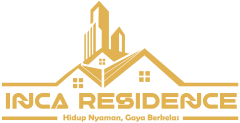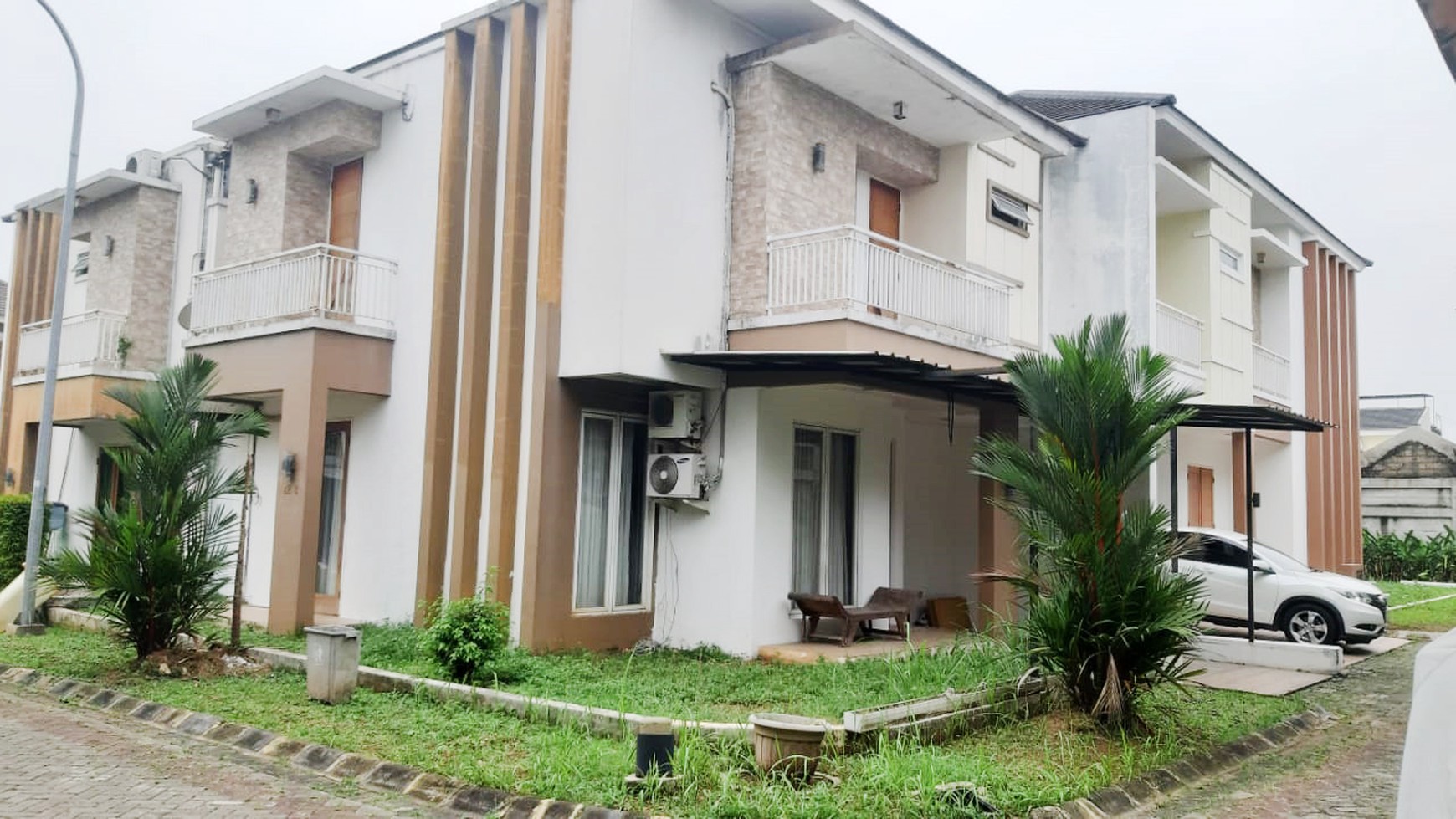Owning a home is a significant milestone and often represents a person’s largest financial commitment. Beyond being a place of comfort and memories, a house is also exposed to various threats—ranging from natural disasters to unexpected accidents or theft. Homeowner’s insurance serves as a crucial safety net, providing financial protection for both your property and possessions. Whether you’re a new homeowner or have lived in your house for years, understanding the importance and details of homeowner’s insurance is vital for long-term security.
What Is Homeowner’s Insurance?

Homeowner’s insurance is a policy designed to shield you from financial loss if your home or personal items are damaged, stolen, or destroyed by certain events. It also offers liability protection if someone is injured on your property. While mortgage lenders usually require this coverage, its true value lies in the peace of mind it brings—knowing you’re protected against life’s unpredictable events.
Main Components of a Homeowner’s Insurance Policy
Homeowner’s insurance is made up of several parts, each targeting different risks:
1. Protection for the Structure
The primary purpose of homeowner’s insurance is to cover repairing or rebuilding your house if it’s damaged by events like fires, storms, or vandalism. This includes the walls, roof, floors, and built-in systems.
Tip: Make sure your coverage amount reflects the current cost to rebuild your home, not just its market value.
2. Coverage for Other Structures
This covers buildings on your property that aren’t attached to the main house, such as detached garages, fences, or tool sheds. The coverage limit is often a percentage of your main dwelling coverage.
3. Safeguarding Your Personal Belongings
Your policy also protects the contents of your home, including furniture, electronics, clothing, and appliances, if they’re lost or damaged by a covered event. This coverage can even extend to personal items you take with you on trips.
Note: Expensive items like jewelry or artwork may have limited coverage unless you purchase additional protection.
4. Liability Insurance
If someone is accidentally injured on your property or you cause damage to someone else’s property, liability coverage helps pay for medical expenses, legal fees, and any court judgments.
5. Additional Living Expenses (ALE)
If your house becomes unlivable due to a covered disaster, ALE coverage helps with the extra costs of temporary housing, meals, and other necessities while your home is being repaired.
What Events Are Covered?
Most standard homeowner’s policies protect against a variety of risks, including:
- Fire and smoke
- Windstorms and hail
- Theft and vandalism
- Lightning
- Damage from vehicles or aircraft
- Falling objects
- Water damage from plumbing or appliances
However, some events are usually excluded, such as:
- Floods
- Earthquakes
- Poor maintenance or wear and tear
- Pests (e.g., termites or rodents)
- Intentional damage
For excluded risks like floods and earthquakes, you’ll need to purchase separate policies.
Why Adequate Coverage Matters
Having enough insurance is crucial. If your coverage limits are too low, you could be left paying out of pocket after a major loss. Review your policy regularly, especially after renovations or significant purchases.
Replacement Cost vs. Actual Cash Value
- Replacement Cost: Pays to repair or replace items with new ones of similar quality, without factoring in depreciation.
- Actual Cash Value: Pays the replacement cost minus depreciation, which could leave you with less money for older items.
Choosing replacement cost coverage usually means better financial protection.
Protecting Your Possessions
A home is filled with valuable items, and personal property coverage ensures you can recover their value if they’re stolen or damaged. Creating a detailed inventory of your belongings—with photos and receipts—can make claims easier and help you determine if your coverage is sufficient.
Special Coverage for High-Value Items
Standard policies may cap payouts for certain categories, like jewelry, collectibles, or electronics. If you own high-value items, consider adding extra coverage for these possessions.
The Value of Liability Protection
Liability coverage shields you from financial loss if someone is hurt on your property or if you accidentally damage someone else’s property. Legal costs and medical bills can add up quickly, so having robust liability limits is wise. For even greater protection, some homeowners opt for umbrella policies, which provide additional liability coverage beyond the standard policy.
Extra Living Costs After a Disaster
If a disaster makes your home uninhabitable, ALE coverage helps pay for temporary accommodations, meals, and other extra expenses. This support allows you to maintain your lifestyle while your home is repaired or rebuilt.
Factors That Affect Homeowner’s Insurance Premiums
Your insurance costs depend on several factors, including:
- Where you live (risk of natural disasters, crime rates)
- The age and condition of your home
- Construction materials used
- Your claims history and credit score
- The amount and type of coverage you choose
Ways to save on premiums:
- Bundle policies (e.g., home and auto) for discounts
- Increase your deductible
- Install safety features like alarms or deadbolts
- Shop around and compare quotes
How to File a Homeowner’s Insurance Claim
If you need to make a claim, follow these steps:
- Contact your insurer quickly after the incident.
- Document the damage with photos or videos.
- Prevent further damage if possible and safe.
- Submit your claim with any required documentation.
- Meet with an adjuster if needed, to assess the loss.
- Keep records of all communications and expenses.
Conclusion
Homeowner’s insurance is a cornerstone of responsible homeownership. It protects your Residence investment, your possessions, and your financial well-being in the face of unexpected events. By understanding your policy, updating your coverage as needed, and knowing how to file a claim, you can enjoy peace of mind—knowing you’re prepared for whatever comes your way.




